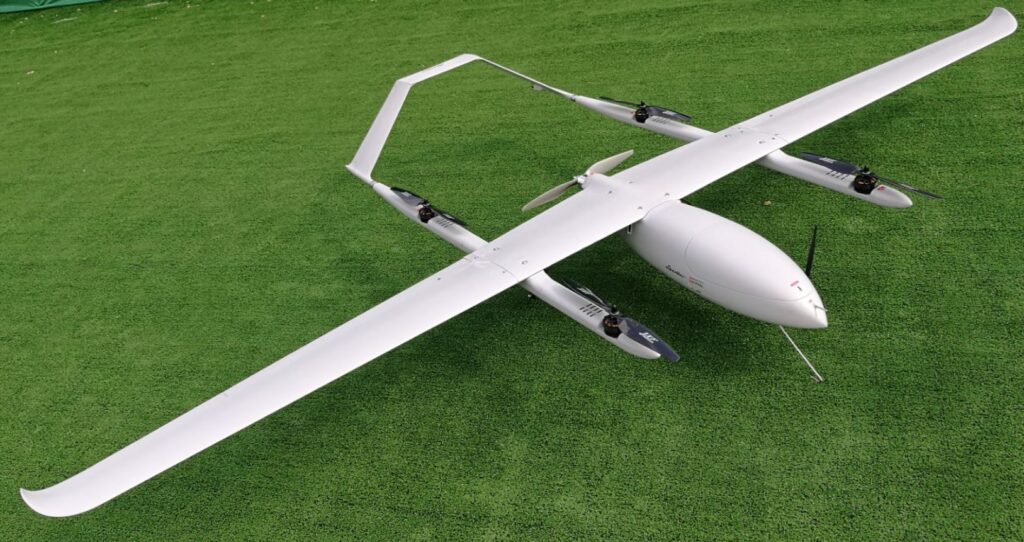Previous post
The basic knowledge of quadcopter drone operating manual

What factors need to be considered in VTOL drone design?
- Post date: 18 Mar, 2024
- 159 Views
- 0 Comments

VTOL (Vertical Take-Off and Landing) drones are aircraft that are capable of taking off and landing vertically, without the need for a runway. There are several design considerations when it comes to building a VTOL drone:
Lift: VTOL drones must generate enough lift to take off and land vertically. This can be achieved using rotors, propellers, or a combination of both.
Stability: VTOL drones must be stable in flight to prevent them from tipping over or crashing. This can be achieved using gyroscopes, accelerometers, and other sensors to maintain stability.
Power: VTOL drones require a significant amount of power to generate lift and maintain flight. Battery technology has advanced significantly in recent years, making it possible to build lightweight, powerful batteries that can provide the necessary power.
Control: VTOL drones require precise control in order to fly safely and avoid obstacles. This can be achieved using a combination of manual controls and automated flight systems.
Payload: VTOL drones can be designed to carry a variety of payloads, including cameras, sensors, and other equipment. The design of the drone must take into account the weight and size of the payload, as well as the power required to carry it.
When designing a VTOL drone, it is important to consider all of these factors in order to create a safe, stable, and efficient aircraft. Many companies and research organizations are currently working on developing advanced VTOL drone designs for a wide range of applications, from military and commercial use to personal transportation and delivery services.

